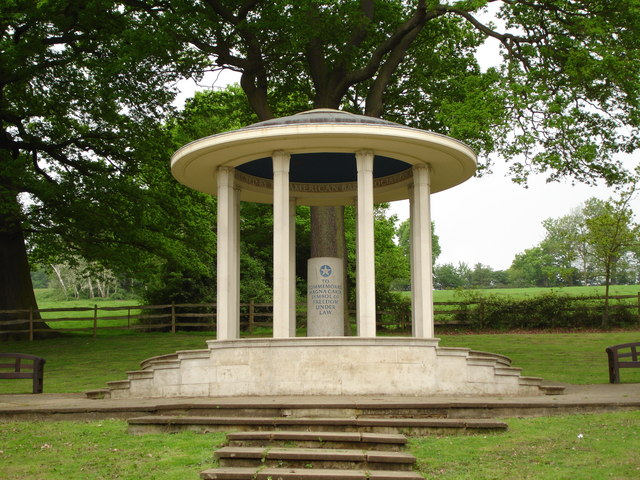
What is the Magna Carta?
As history’s most important document, it has touched every life today. What is the Magna Carta?
Here’s something new I’ve come up with. Let me know what you think in the comments below.
Would you like to listen to this article? Listen to the podcast…..
It was on a cold rainy day at Salisbury Cathedral that I first laid eyes on the Magna Carta. I was glad to be away from the rain. As a tourist, I hadn’t thought about carrying a raincoat with me after a perfectly sunny morning. But that’s the English weather for you.
So here I was staring at a really old piece of parchment, probably the oldest parchment I’ve ever seen.
It was, as we were repeatedly told, a very important document.
7000 miles away from Britain, I hadn’t ever crossed paths with something called the Magna Carta or King John himself.
After this brief encounter, all I remembered was an old parchment with latin words crammed together. Latin a language which I, again couldn’t read.
A few months ago, the Magna Carta found its way into one of my textbooks. It was just a single sentence but that got me thinking. To supplement this newly kindled curiosity, my mother gifted me a book titled ‘Magna Carta: The Making & Legacy of the Great Charter’ by Dan Jones.
After I devoured that book in a day and half, Magna Carta was about to get a debut on my blog.
Just like me, most of you must be wondering: What is the Magna Carta?
Magna Carta is a Charter.
When this Charter was drafted and given by King John in 1215, it was a sort of Peace treaty made to avoid Civil War in England. A few years later, the Charter became a framework to reassure people and make laws.
The Magna Carta is the first official document in Europe which talks about human rights, legal rights, widows rights and taxation.
This document is written in Latin and originally consists of a mere 63 clauses.
Why was this Charter drawn up?
According to the book and the internet articles I read to understand the historic scenario, the story of the Magna Carta begins in 1100 when King Henry I ascended the English throne.
I shall add a picture of the succession line of the English Kings during this time to supplement this article.
Henry I
Henry I issued a Coronation Charter in 1100 which gave certain legal rights to the barons, churchmen and individuals. This charter is also called the Charter of Liberties.
When Henry II came on the throne in 1154, he reissued Henry I’s Charter of Liberties. It was an assurance to the people that the King would act according to the Charter.
Henry II
Henry II was an energetic man who loved to travel.
He also loved to control every aspect of administration.
He drew up a few stringent controls and due to his agile manner, kept personal tabs on his people. As is the case today, most nobles didn’t appreciate this.
Henry II also put up strict rules to squeeze money from England which he channeled to the European continent where he owned a few lands in France.
Furthermore he also had an altercation with the Archbishop of Canterbury, Thomas Beckett. (The Archbishop of Canterbury is the Principal leader of the Church of England) Subsequently the Archbishop was murdered in the Canterbury Cathedral.
His followers who tried to propagate Beckett’s teachings would find themselves being brutally tortured.
These horrible acts left a mark on the people as Henry II died and made way for his son Richard the Lionheart.
Richard the Lionheart
Richard I loved warfare and spent most of his life away from England at war in the continent or in the Crusades.
On his way back to England, Richard I was captured by Austria and sold to the Holy Roman Empire. The Emperor demanded a ransom of 150,000 marks for the King’s return.
Statistics proves that Richard drained the English national kitty more than he added to it due to his extensive campaigns.
It was in this condition, away from England that Richard the Lionheart died, making way for his brother John.
John ‘Lackland’
Henry II named his son John ‘Lackland’ since the King had no land left to allot to his son. Little did Henry think, his feckless son would become the King.
In all records of King John, not a single writer has a good thing to say about him. They have all called John out for all sorts of things from his ill-mannered, uncultured, faithless ways to his greedy money hungry nature.
And as history has proved with the Magna Carta, John was no different from these descriptions.
It all began with him loosing the French regions in his Kingdom.
John was, for the first time, confined to England.
However he harboured intentions to win back the lost French kingdoms. Ultimately, he’d never succeed.
King John’s Many Shortcomings
Throughout his reign, John was more hungry than his father, Henry II for money.
He was also an ill-tempered man who often threw fits when things didn’t go his way.
I’d describe John to be a Victorian industrialist who loved to extract the last drop of gold from his people.
He set up controls to ensure every last penny reached him.
John also set up some arbitrary fines on his nobles.
He heavily imposed Scutage, a tax levied on the nobles and knights who didn’t want to contribute their troops in case of war. John also increased other aids people owed him.
It was also legally possible to buy legal immunity from scrutiny by the law officials. In a ‘forest’, the rules were stricter and the fines for immunity heavier.
To increase this fee, John ‘afforested’ more land.
A ‘forest’ during the medieval times meant land reserved for the King to hunt. Any houses within this area were destroyed and a special legal system presided over these forests. The punishments were more severe.
Afforesting such land meant that the King would include more land under the ‘forest’ where he could hunt.
This and the fact that to avoid strict punishment, nobles would pay for immunity.
John also laid some hefty fines on his nobles whom he had disagreements with. For example, the King levied a 20,000 marks fee to Geoffrey de Mandeville to marry John’s first wife Isabella of Gloucester.
John also made it customary for heirs and widows to pay hefty fines to get their share of inheritance.
Widows were forcefully remarried without their consent as per John’s choosing.
John also misbehaved with the Pope and interfered with the appointment of a new Archbishop of Canterbury, Stephen Langton. This behaviour of his led the Pope to place an Interdit on England. An Interdit meant that the church wouldn’t function in England. There would be no mass, no christening, no weddings or funerals.
John however still didn’t yield to the Pope. This ultimately resulted in the Pope excommunicating the King.
It was the cumulative effect of this and a few other things, that the nobles began loosing faith and trust in their King.
The ‘Unknown’ Charter
The first hint of anything akin to the Magna Carta emerged in the form of the ‘Unknown’ Charter.
At the end of 1214 and beginning of 1215, most nobles in England were determined to draw boundaries for the King and his arbitrary will. They wanted to introduce some sort of a framework that would curtail the King’s whimsical norms.
It was during this time that the barons and nobles drafted the ‘Unknown’ Charter.
This Charter began with Henry I’s coronation charter and added in a few points about legal rights that John had to adhere to.
King John and his nobles held a conference in January of 1215. Here they asked the King to reconfirm Henry I’s Coronation Charter.
John however was a diplomatic and shrewd man. He probably sensed that his days where he could act on his whims and fancies were coming to an end.
He was quick to make amends with the Pope whom he had had a disagreement with. John swore to participate in the Crusades and won the Pope over. It was probably John’s only wise move.
About a month later, John and his nobles had decided to meet on 25th April 1215 to discuss a few demands. The nobles probably hoped to make the King agree with the Unknown Charter.
However John never showed up for this meeting.
Thus began countrywide rebellion.
A few barons renounced their loyalty towards the King essentially declaring themselves to be rebels.
King John besieged castles belonging to these rebels.
On the other hand, the rebels took over London.
Drafting the Magna Carta
Ultimately to avoid a more intense Civil War, the King and the rebels met at Runnymede on the 10th of June, 1215.
At this time, the ‘Unknown’ Charter had been replaced with the Articles of Barons.
The Articles of Barons can be described as a draft to the final Magna Carta.
This Article had a set of new demands drawn up by the rebels.
Negotiations began between the two parties and it was clear the rebels were on the winning side.
Some described John to be calm and composed during negotiations and a temper tornado behind closed doors. John was angry.
Finally King John agreed to certain terms in the Articles of Barons. These terms along with a few others were complied together in a Charter with 63 Clauses.
This Charter came to be the Magna Carta.
On 15th June 1215, at Runnymede between London and Windsor, John ‘gave’ the Magna Carta to his nobles.
Contrary to peace treaties of the 20th century, a King wouldn’t have signed the treaty but ‘given’ it to his nobles. One of the King’s officials would have stamped the King’s seal on several copies of the Magna Carta and handed it over to the nobles.
Four days later on 19th June, some of the Nobles swore their loyalty to the King again. This was a formal acceptance to the Magna Carta.
Essence of the Magna Carta
The Magna Carta is the first document which includes basic norms based on Human Rights, Legal Rights and taxation rights.
The Nobles demanded that the King couldn’t tax his people without their consent. The taxation fee had to be moderate and imposed reasonably. The King couldn’t create new taxes without consent from his nobles.
No one could seek legal immunity by paying money. The Charter also discussed fixed court timings and locations.
The King couldn’t forcefully remarry Widows or ask for fines. But please don’t be confused, the Magna Carta didn’t directly support women’s rights.
A policy for ‘forests’ and ‘afforestation’ was also added in.
Most important of all these clauses is probably Clause 61 which is a Security Clause.
According to the security clause, an elected council of 25 barons were to ‘distrain and distress (the King) in all ways possible’ if he or his officials didn’t provide remedy within forty days.
This was a sort of a check and balance system that would control the King. Such a system can still be found in most countries in a more developed form.
© Copyright Brian Slater
An Unsuccessful Beginning
Despite all the good Magna Carta had, it was almost an instant failure.
Within 6 weeks, King John had reverted back to his old ways. He wrote to the Pope saying the rebels had forced him to accept the terms of the Magna Carta.
The Pope immediately wrote back with some forceful words to the barons excommunicating them and the city of London, calling the Charter unenforceable.
Till John’s death the following year after an unsuccessful military campaign in his own country, the Magna Carta would not come to govern him.
It was only in 1225 that King John’s son Henry III reassured the nobles with the Magna Carta and a supplementary Charter of the Forests. This set a precedence for future monarchs to reassure their subjects in times of unrest.
Over the 800 years of the Magna Carta’s existence, the Charter has been a framework for law making.
The Magna Carta has influenced the American Bills of Rights. It has also helped shape the United Nations Declaration of Human Rights.
This incredible piece of parchment has in its own way influenced and touched all our lives. That my friends, is surreal.
What do you think about the Magna Carta? Was it a good way to restrict King John? Comment your thoughts below
If you liked this article, share ‘What is a Magna Carta?’ with your friends….
Articles similar to ‘What is the Magna Carta?’
You might also like to read about Bloody Mary
NOTE: The Bibliography for this post is missing. Please help us credit the sources that deserve it. If you believe your work, or a work you know of needs to be cited here, please write to editor@giglee.in to inform us. DISCLAIMER: The intention of this article is not to hurt anyone's sentiments. The thoughts expressed in the article are purely those stated by the author of the work. The information provided on this website may not be complete, reliable, accurate and/or updated. The details you share with the website will not be shared or sold. We are not liable if in case of theft, your data is stolen. The content on this website is provided without any warranties whether express or implied. If you have a doubt, query or complaint please write to editor@giglee.in and we shall respond as soon as possible.




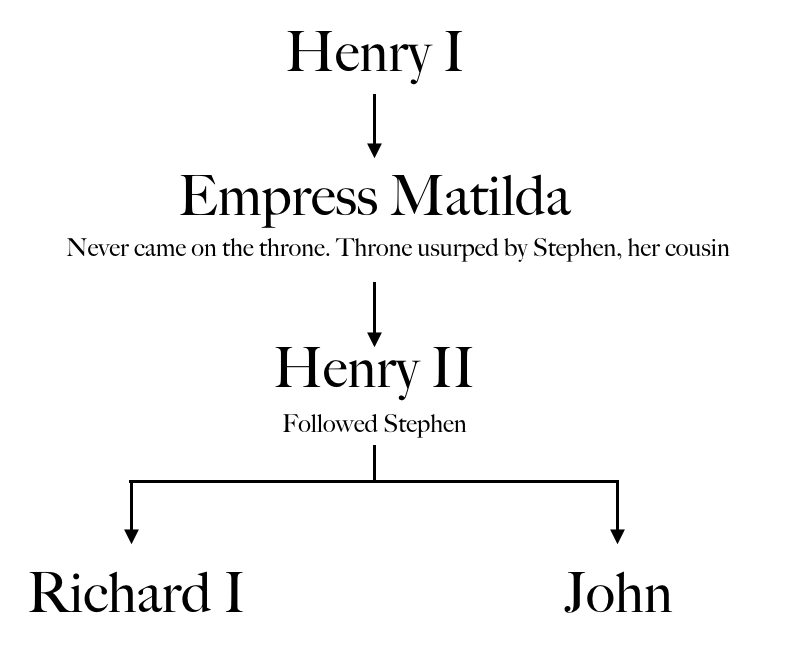
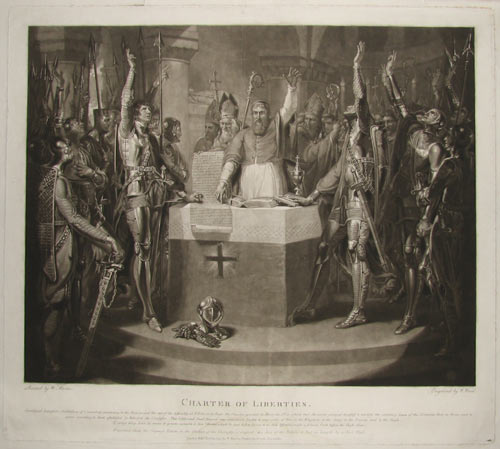
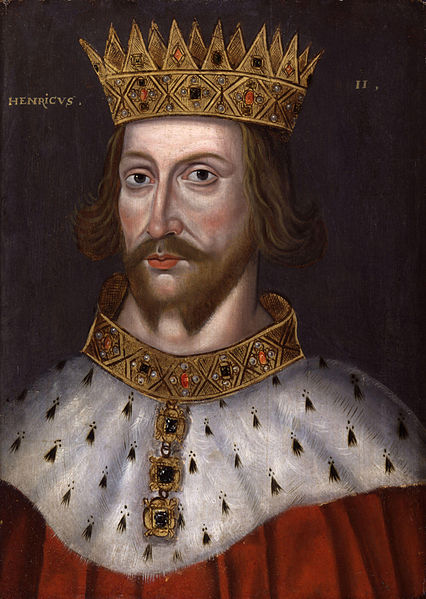
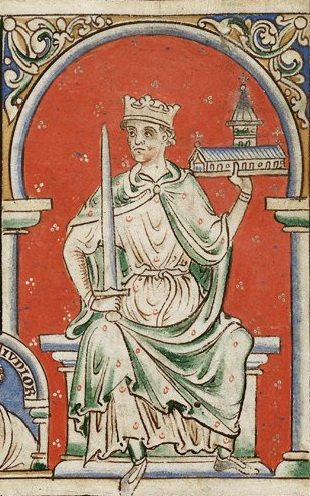

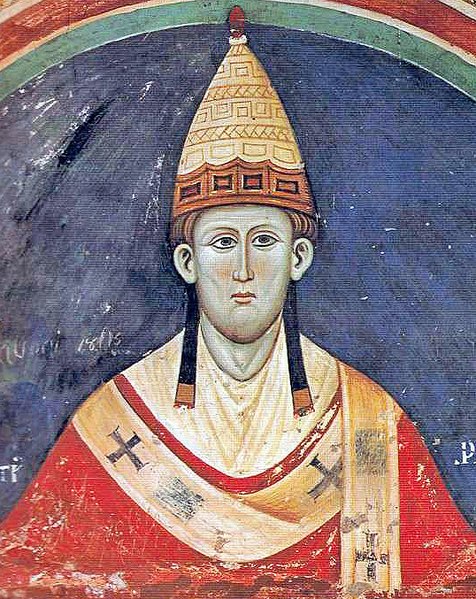

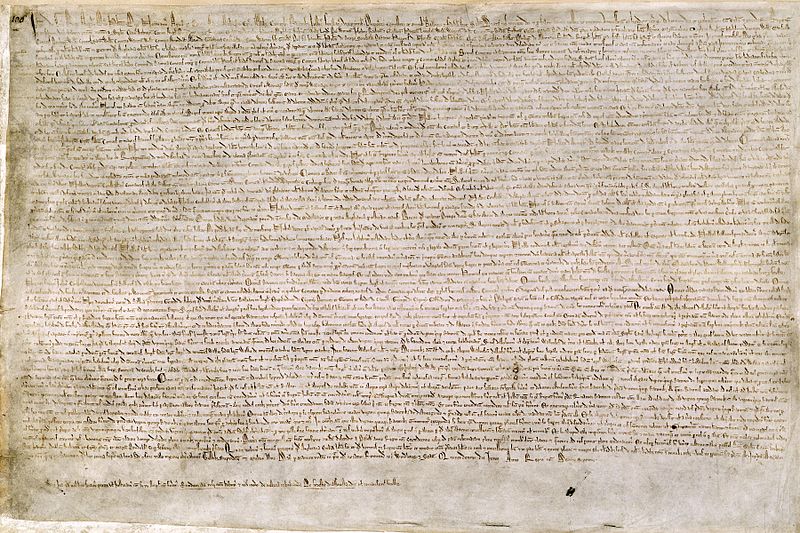

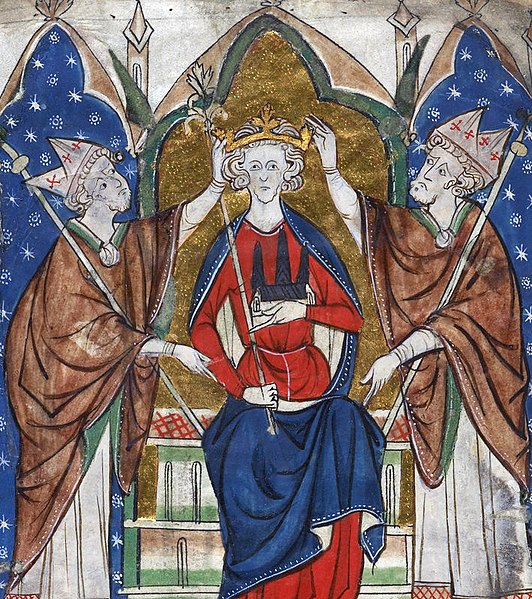
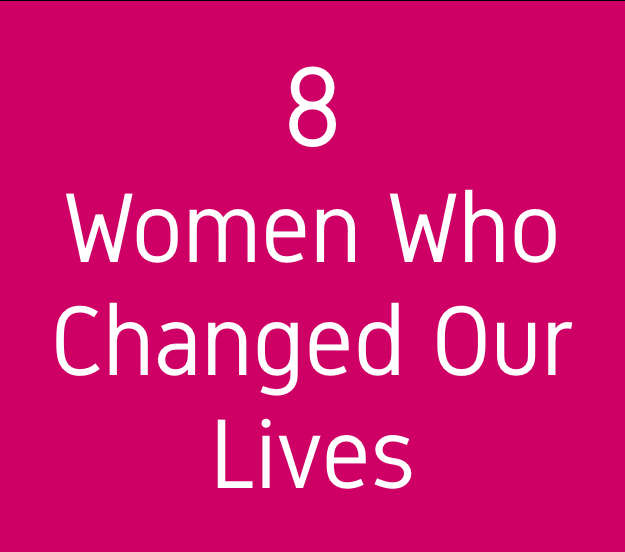

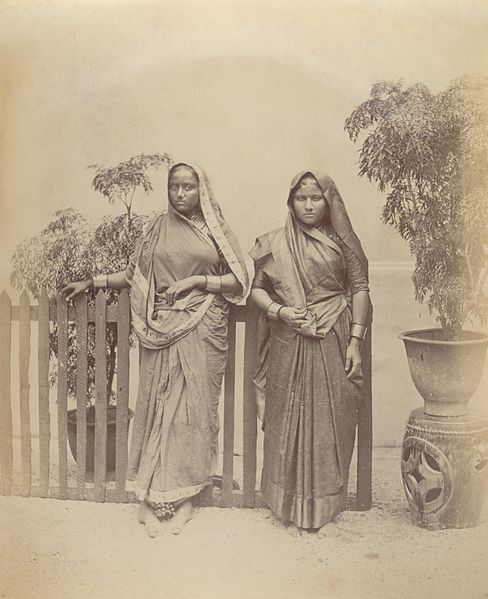
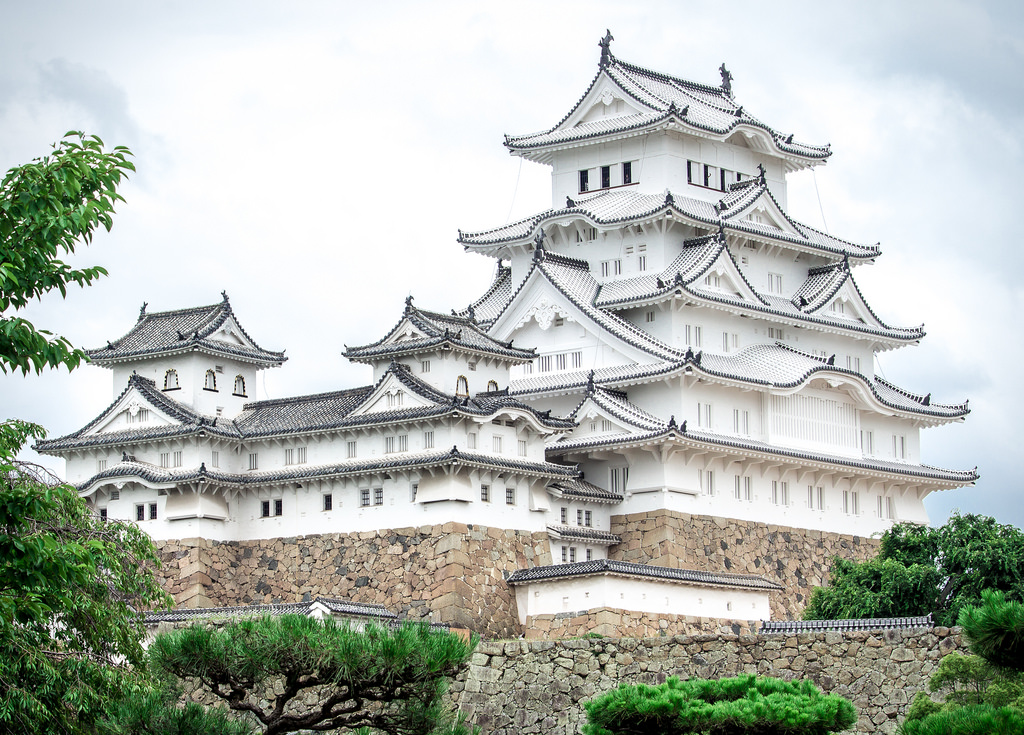

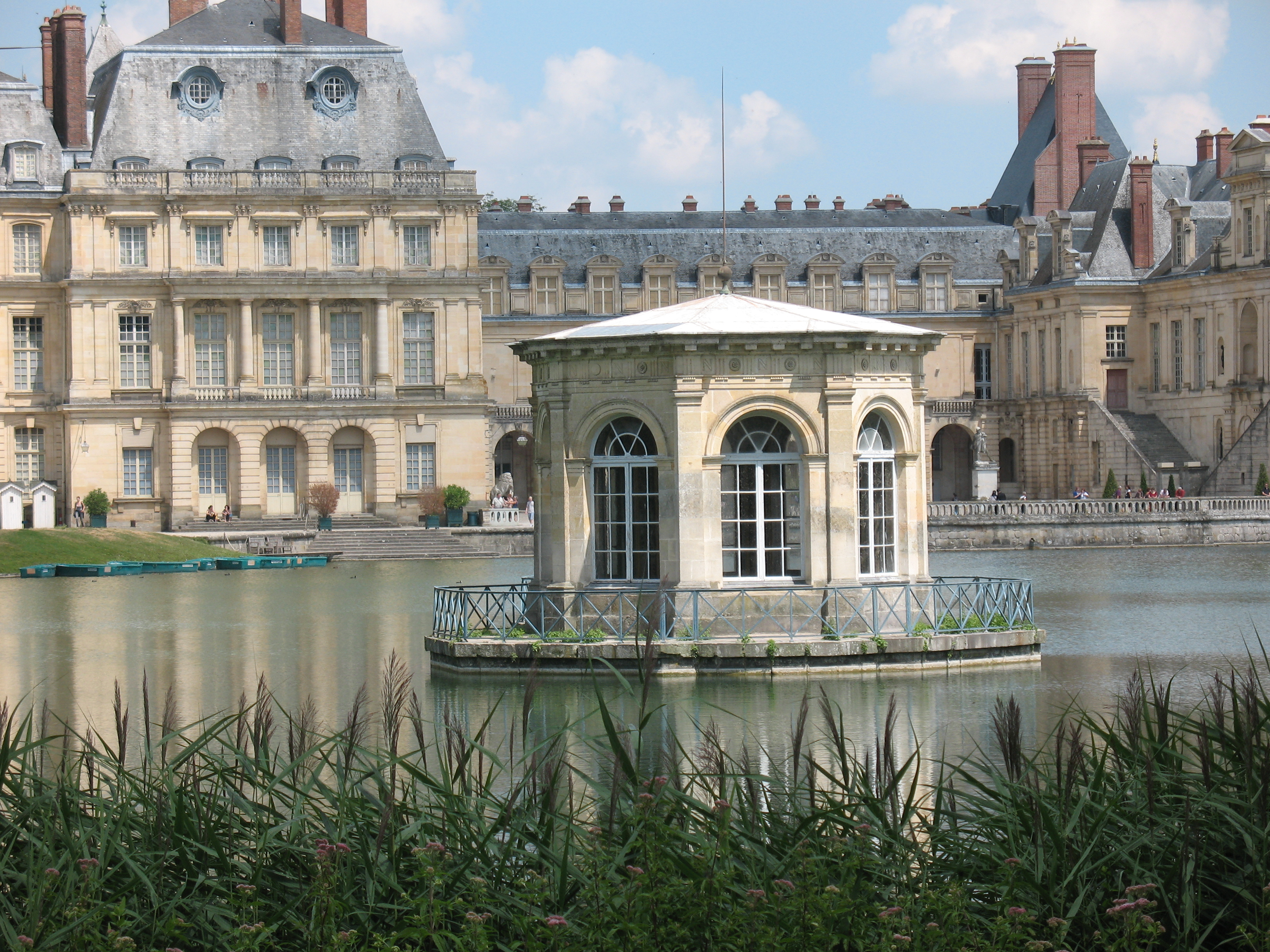
Comments
hi there, your post is very good.Following your site.